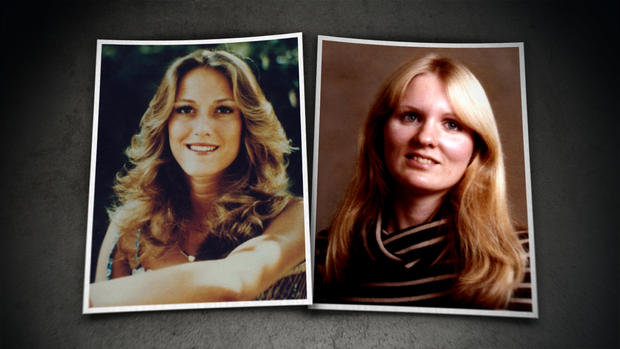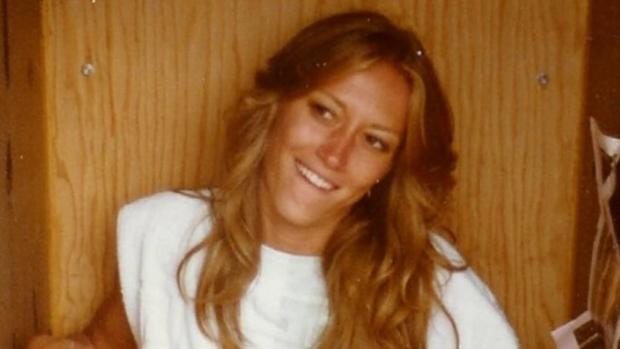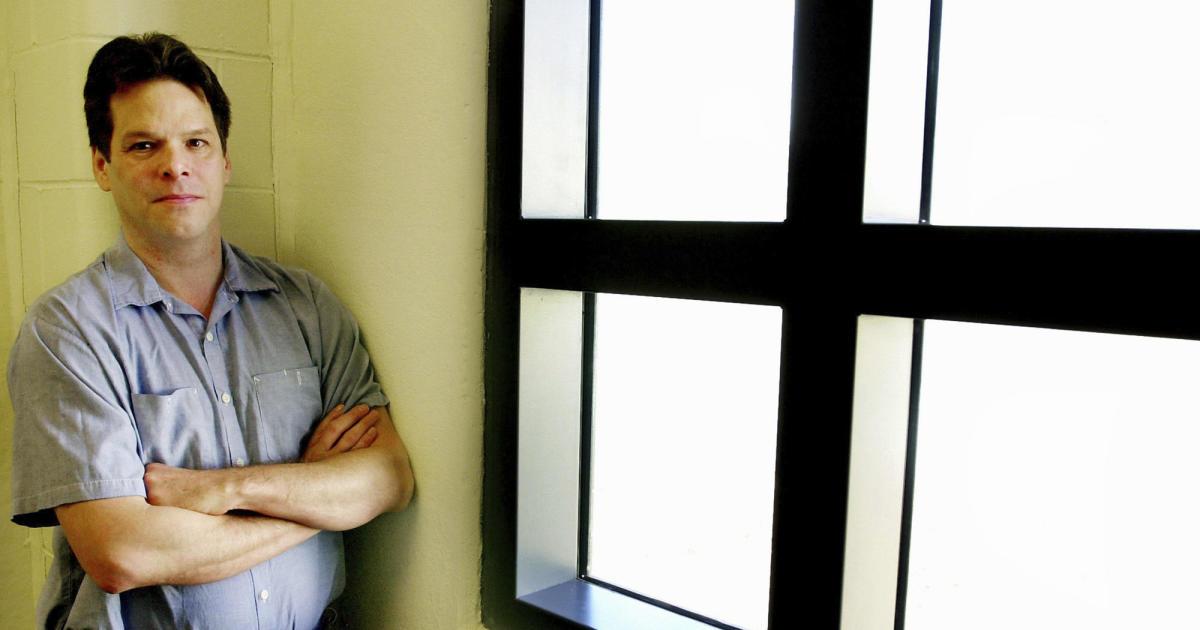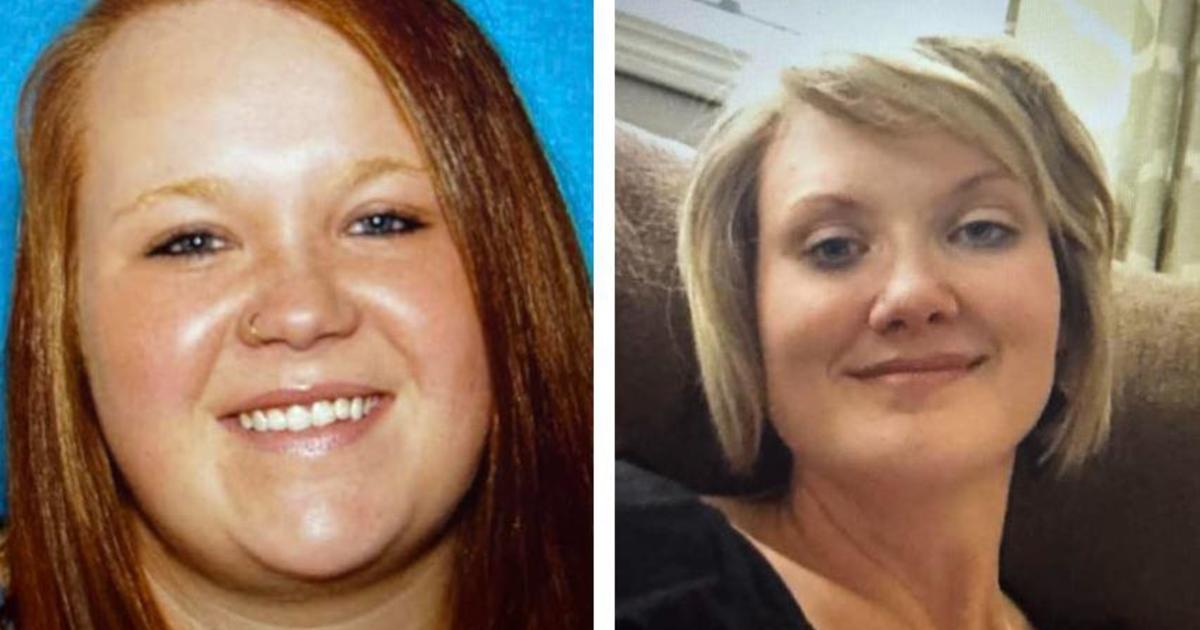Authorities unknowingly rescued man from snowdrift after he killed 2 women near Breckenridge, Colorado
It was Jan. 6, 1982, a bitter cold evening with blizzard-like conditions, when two women hitchhikers vanished from the popular ski resort town of Breckenridge, Colorado, and were later found shot to death.
Even though the women — 29-year-old Bobbie Jo Oberholtzer and 21-year-old Annette Schnee — disappeared on the same day, their cases were not linked until Annette's body was discovered six months later. She was wearing an orange sock — a recent Christmas present from her mother. Investigators had found her other orange sock near the body of Bobbie Jo, and they knew then that the women almost certainly were killed by the same person.
But for nearly 40 years, the identity of their killer confounded police, even though he was within their grasp the night of the murders. It was only when the killer was identified decades later that investigators learned the bitter truth.
On the night of the murders, authorities had launched an all-out effort to rescue a local miner, Alan Lee Phillips, whose truck became stuck in a raging snowstorm. It would be decades before police realized Phillips had, only hours before the rescue, killed Bobbie Jo and Annette.
Details of Phillips' rescue and his crimes were revealed during his trial this year, where he was convicted of two counts of first-degree murder and other charges.
Some recall that the weather on the night of the murders was brutal, with temperatures plunging to negative 20 degrees Fahrenheit. When Phillips' truck got stuck in a snowdrift on a mountain pass, he began using his truck's headlights to signal SOS in morse code. Incredibly, a sheriff flying overhead on a commercial jetliner spotted the signal through the falling snow and alerted the crew, who radioed down to dispatch at the sheriff's office.
Dave Montoya, a local fire chief, heard the call and offered to drive up the pass. When he arrived, he was met with a familiar face. He had worked alongside Phillips in the mines. And on Phillips' face, Montoya recalls, was a prominent bruise. He told Montoya he got it when he fell while wandering around in the snow.
Police now believe that Phillips got the bruise when Oberholtzer hit him in the face with a special brass key ring made by her husband, Jeff. He specifically made it for her in case she ever encountered trouble while hitchhiking.
Partly because investigators did not believe Jeff Oberholtzer had a solid alibi, he became a suspect in his wife's murder.
"48 Hours" contributor Natalie Morales interviewed Oberholtzer, and highlights the 40-year journey to bring Phillips to justice in an encore of "Last Seen in Breckenridge," airing Saturday, Aug. 26 at 10/9c on CBS and streaming on Paramount+.
"To live under this cloud of suspicion for as long as you did, what did that do to you?" Morales asked Oberholtzer on location in Colorado.
Jeff Oberholtzer continued to reside in the area even after his wife was murdered.
"It was very painful," he replied. "Being under suspicion from not only the authorities, but also being tried in the court of public opinion. People didn't want a suspected murderer in their house."
It would take a long time for the full story to unravel, but Oberholtzer eventually was cleared.
As it turned out, Phillips' first victim that January day was Annette Schnee, a housekeeper at a local Holiday Inn. After Annette left work, she visited a doctor and then hitchhiked to a drug store in Breckenridge later that afternoon. Hitchhiking was very common in the mountain towns back in the 1980s. Annette got some medication at the drug store and was not seen after 4:45 p.m. that day.
Authorities now believe Phillips picked up Annette in his truck.
A few hours later, at about 7:50 p.m., Oberholtzer disappeared. Oberholtzer was at a pub that night with a few friends, and at 6:21 p.m., she called her husband, Jeff.
"She said she'd be home relatively soon … she said she had a ride," Jeff told "48 Hours."
Jeff said he fell asleep watching TV. When he woke up around midnight, and Bobbie Jo still was not home, he felt something was terribly wrong. He said he went out looking for her, and tried to report her missing. Breckenridge police told him they could not do anything for 24 hours, so he returned home.
Just hours later, Jeff said he received a call from a rancher in the area, who said he had found Bobbie Jo's license on his property. Jeff rushed over and, on his way, he said he spotted Bobbie Jo's distinctive blue backpack on the side of the road and stopped to retrieve it. He said he also found two items: Bobbie Jo's right glove, and a tissue, both of which had traces of blood.
No one knew it then, but decades later, those traces of blood would lead directly to Phillips. Police have always credited Bobbie Jo with fighting back enough to draw that blood.
The next day, Jan. 7, worried friends formed a search party and went out on skis looking for Bobbie Jo. Around 3 p.m. that afternoon, they located her body in a snowbank where Phillips had shot and killed her.
Jim Hardtke, then an agent for the Colorado Bureau of Investigation (CBI), said Bobbie Jo was fully clothed, and an autopsy would later reveal she was not sexually assaulted. A pair of zip ties were on one of her wrists. Not far away was that special key chain made by Jeff.
There was another item found not far from Bobbie Jo's body—an orange sock or bootie. It seemed to have no direct connection to the crime scene, or at least none that was readily apparent, according to Hardtke.
"It was just one of those mysterious things that you pick up at a crime scene that you keep until you know what it is or never will find out," Hardtke said.
One of the many twists in the case is that, at that point, authorities did not yet know that Schnee was missing. They had never even heard her name.
It wasn't until two days later — on Jan. 8 — that a co-worker of Annette's called Frisco police to report that Schnee had not come to work at the Holiday Inn for two days. That was very unlike Annette, said her sister Cindy French.
Police traced Schnee's movements to the drug store in Breckenridge, but there her trail vanished. She seemed to have simply disappeared.
"Mom would just say, 'I just wanna know why, how,'" French remembers. "'And nobody can give it to me. Nobody knows why or how.'"
But on July 3, 1982 — nearly six months after Schnee was last seen alive — a young boy out fishing came upon her body in a stream, about 23 miles from where she was last seen in Breckenridge. Agent Hardtke attended the autopsy. No bullet was recovered, but forensics showed that Annette was shot in the back as she was running downhill toward that stream, authorities said.
Hardtke suspected Annette had been sexually assaulted, but it was impossible to tell given the amount of time her body had been in the stream. Hardtke based his assumption about the sexual assault on the state of Annette's clothing. The zipper on her jeans was broken and her shoes were on the wrong feet.
During the autopsy, Hardtke spotted something that would forever change the investigation.
"On her left foot, I noticed an orange bootie," he said. "And in my mind, I'm remembering the orange bootie that was found at the top of Hoosier Pass…very close to where Bobbie Jo Oberholtzer's body was found…so it tied the two together."
As Hardtke told "48 Hours," "Holy s***, this is amazing. This ties…the cases together."
In piecing together the timeline of events the day of the murders, detectives believed that Phillips first picked Schnee up hitchhiking, assaulted and killed her. During that assault, Schnee lost her orange bootie in Phillips' truck. Later that day, police believe Phillips picked up Oberholtzer hitchhiking and attempted to assault her as well.
Detectives believe that when Oberholtzer fought back and jumped from his truck, she kicked out the orange bootie left there by Annette.
The orange socks/booties convinced police that they were looking for one killer, but Phillips' identity remained hidden for decades. In early 2020, Park County Detective Sgt. Wendy Kipple heard about something called genetic genealogy, in which specially trained genealogists upload a DNA sample from a crime scene through publicly available DNA databases.
Kipple submitted the DNA from the blood collected in connection with the Oberholtzer murder to United Data Connect, a genetic genealogy company located in Denver.
"On Jan. 9, 2021, I get a phone call from the genealogist, and he says, 'I have two more names for you.'"
"And what were the two names you were given?" Morales asked Kipple.
"Alan Phillips and Bruce Phillips," Kipple replied.
"And Bruce Phillips was the brother that never lived here, didn't have any ties to Colorado. And what did you learn about Alan Phillips?" Morales asked.
"Alan Phillips still lived nearby," Kipple said. "He had worked here in, in the mine, Henderson mine, for decades he worked there. He had his own mechanic shop. And he was still here."
As it turned out, he was the person authorities had rescued that long ago night in a snowstorm, the man with the large bruise on his face. But it took nearly 40 years to connect that rescue victim to the man who killed Annette Schnee and Bobbie Jo Oberholtzer.
On Nov. 7, 2022, Phillips was sentenced to two consecutive life sentences without the possibility of parole.
Phillips died by suicide in prison on Feb. 27, 2023.








